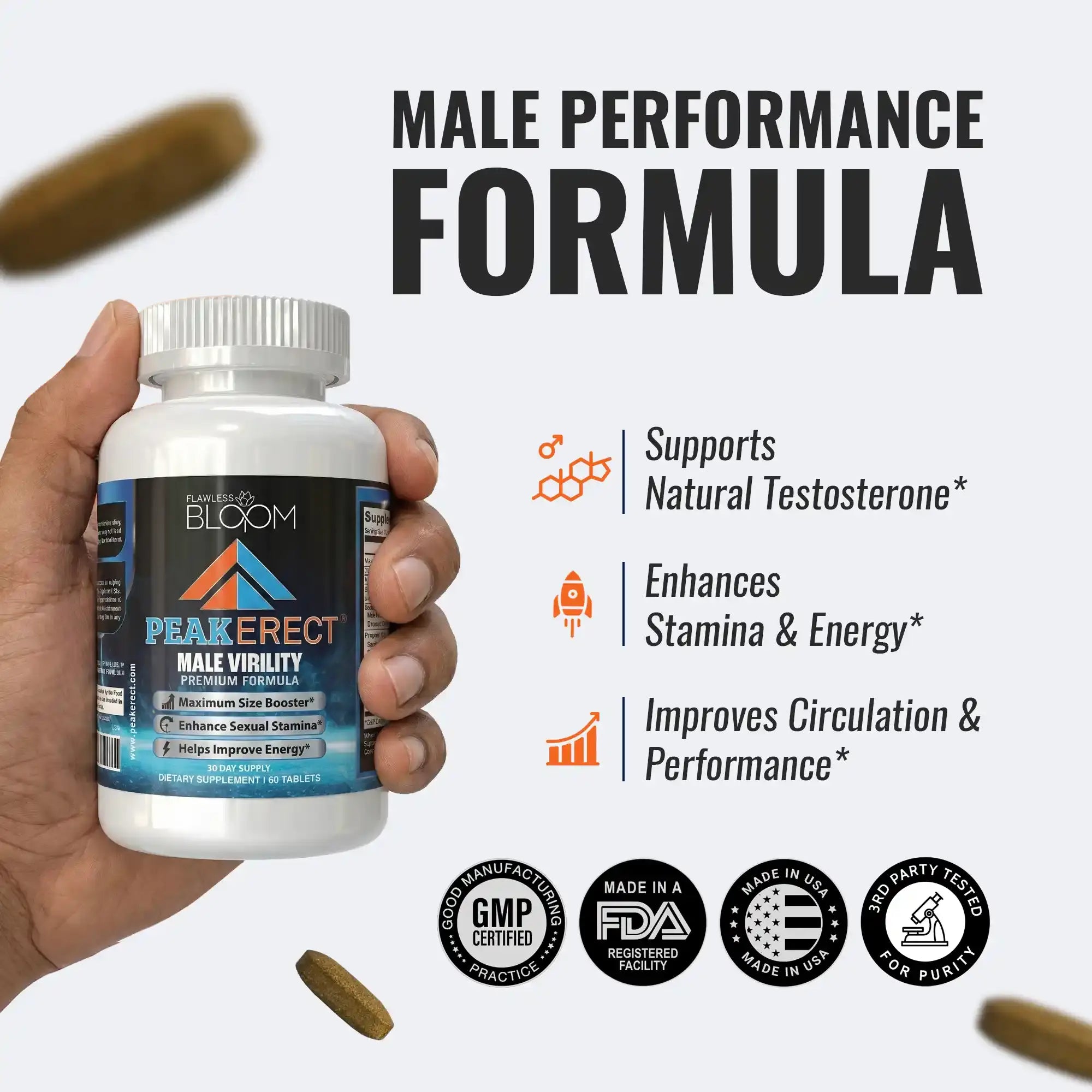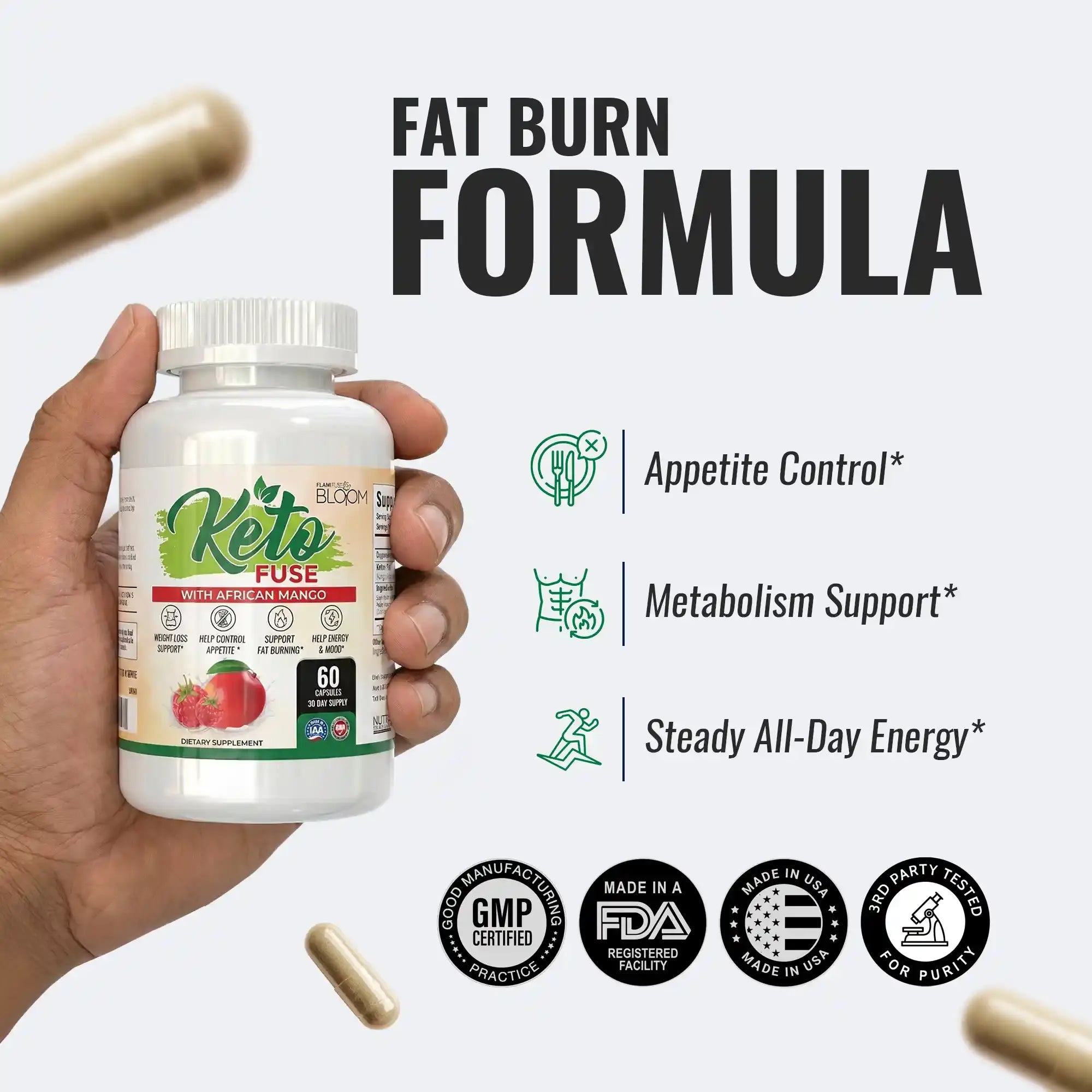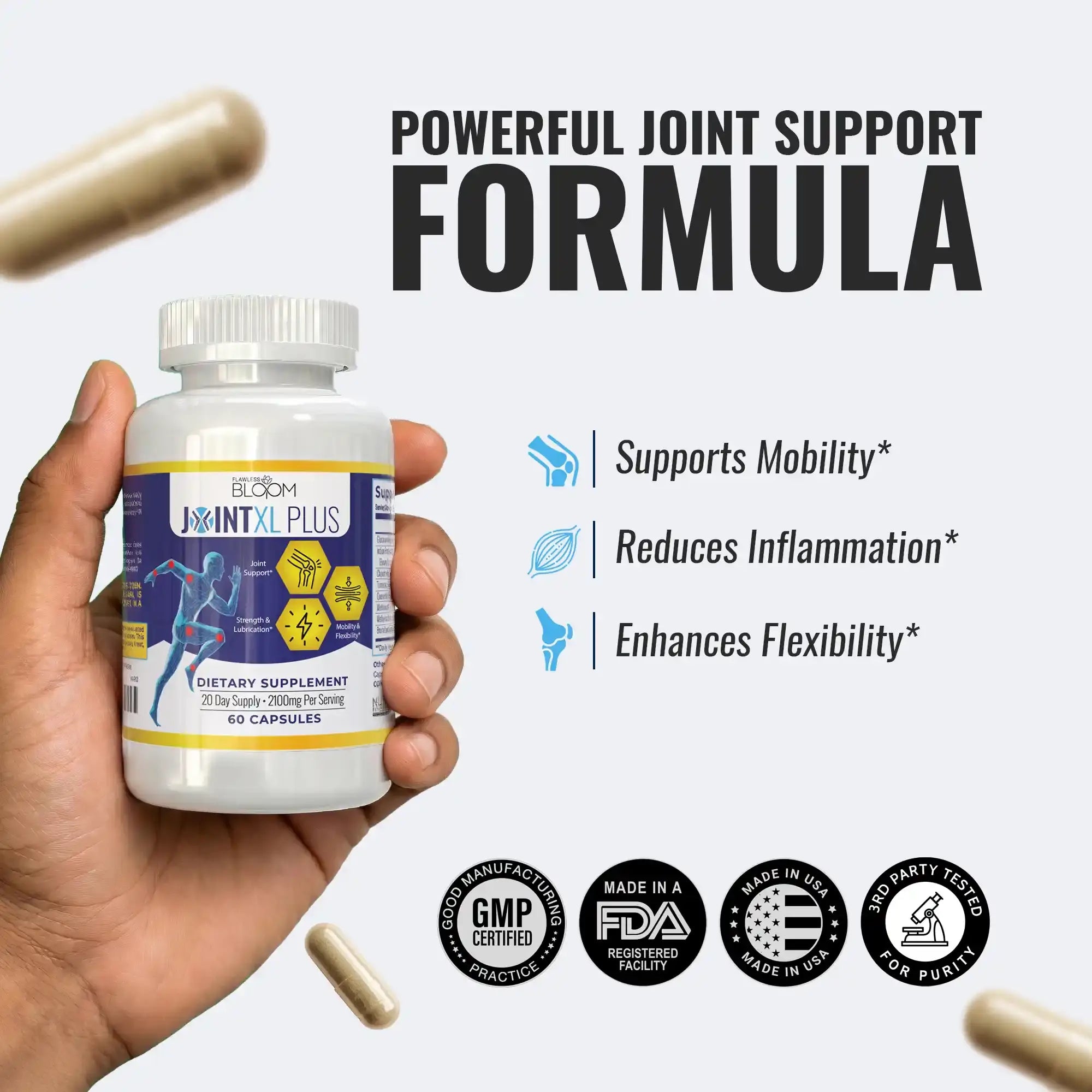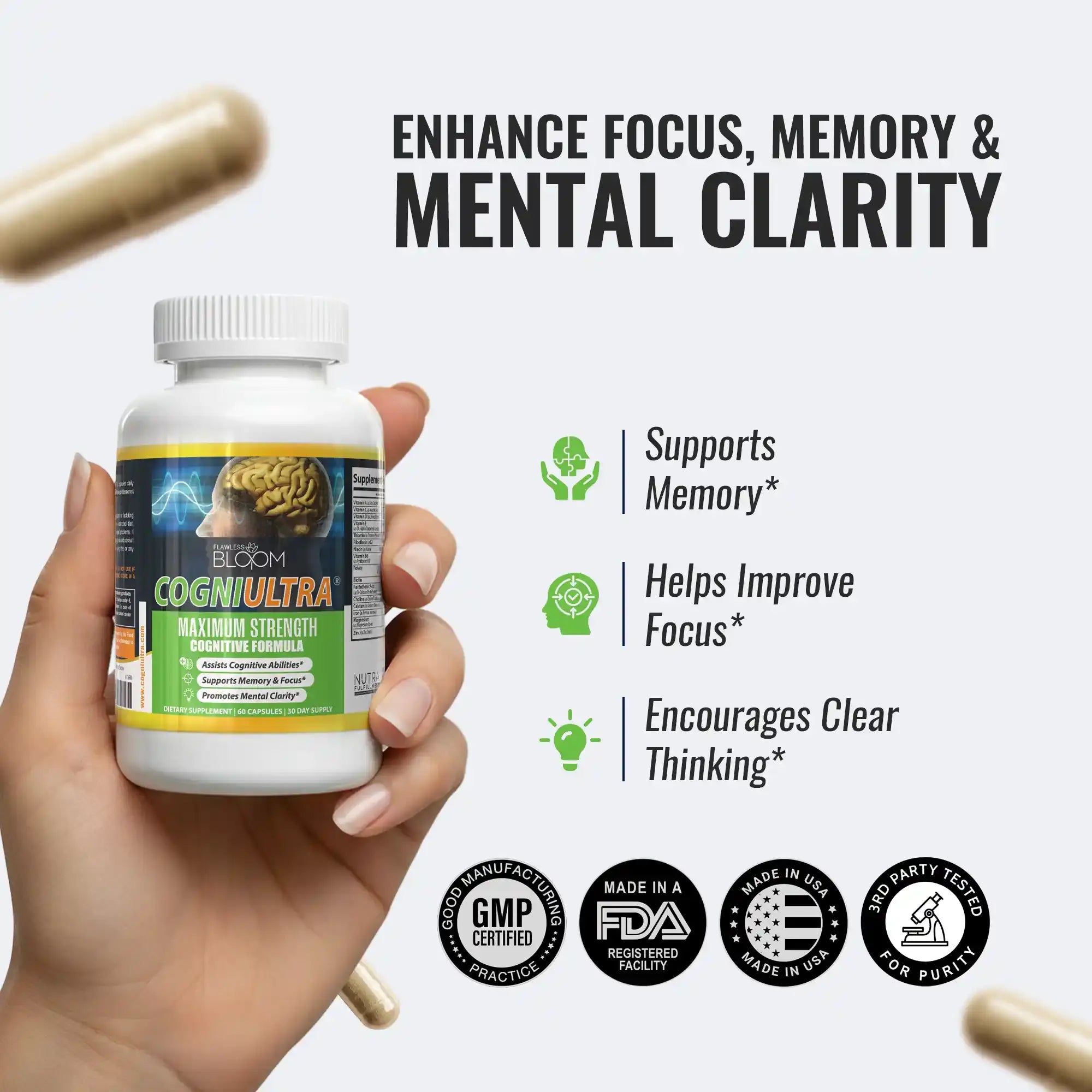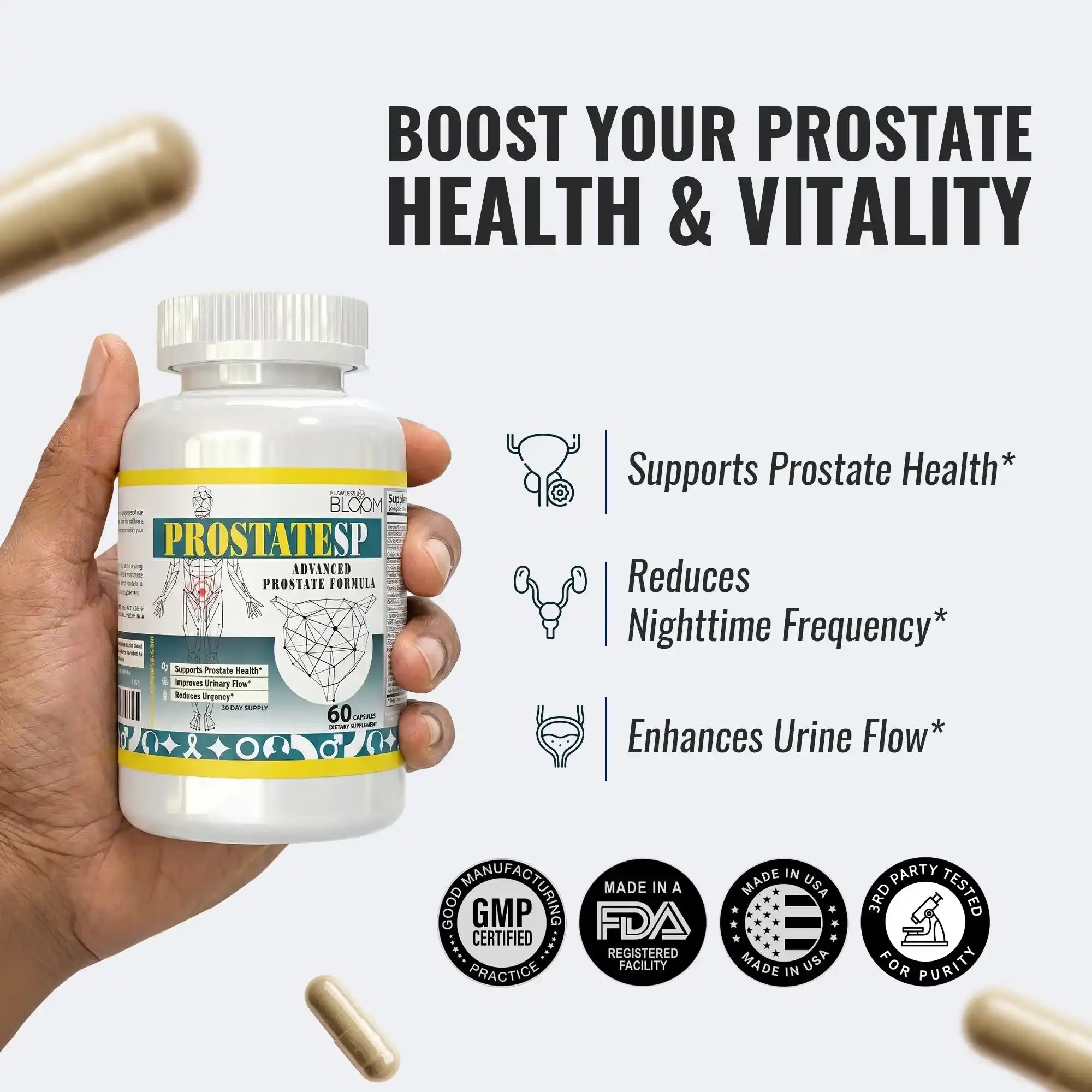9 Simple Exercises to Relieve Knee Pain at Home
Learn gentle stretches, strengthening moves, and balance exercises designed to relieve knee pain safely at home. Follow easy routines to improve joint health and mobility.
Advertiser Disclosure: We independently select all the products. If you click through links we provide, we may earn a commission.

Key Takeaways
- Gentle movement like marching or cycling helps prepare your knees for exercises.
- Heel, calf, quadriceps, and hamstring stretches can alleviate knee tightness.
- Focus on low-impact exercises like straight leg raises and glute bridges to strengthen knee-supporting muscles.
- Exercises like standing leg balance and bird-dog improve stability and reduce strain on the knees.
- Walking, swimming, and cycling promote knee health while minimizing joint stress.
Nothing makes it really difficult to move about and do basic tasks like knee pain. Fixing up doesn't always require meds or expensive treatments. Gentle stretches and simple exercises can actually make a big difference.
In fact, research shows that working on your core and balance can ease the pressure on your joints. Exercises such as leg lifts or stability drills help your knee strength over time.
In this article, we’ll share and describe some safe, at-home routines and physical therapy exercises for knee pain. Let's dive straight to it.
What to Do Before Exercising with Knee Pain
Start by warming up and doing a few gentle knee stretches. These get your joints loose and gets the blood flowing.
Before stretching, 5 to 10 minutes of light movement helps. Try marching in place or easy cycling.
A few simple exercises that can loosen up tight muscles around your knees include:
Heel and Calf Stretch
This simple exercise helps relieve tight calves that can affect knee motion.
It's easy enough to do in simple steps. The first step is to stand facing a wall. Next, press your palms against the wall at shoulder height. Then, with your heel on the ground, shift a leg back without bending it.
Next, Bend the knee in front while gently leaning into the stretch. Hold it for about 20 to 30 seconds, then switch sides.
Quadriceps Stretch
Quadriceps Stretch is one of the best stretches for knee pain caused by tight thigh muscles.
First, stand upright, then raise your heel toward your buttocks. Steady yourself with a chair or wall. Next, Hold your raised ankle with your hand and push your hip forward slightly. Keep your knees together while you're at it.
Do that for about 20–30 seconds, then switch sides.
Hamstring Stretch
This exercise relieves tension behind the kneecap. Regular hamstring stretch exercises help your knee joint flexibility become better.
It's not very technical. First, stretch a leg to full length while sitting on a flat surface, preferably the ground. Next, bend the other leg to touch the stretched leg's inner thigh. Afterwards, slowly and gently reach forward to your toes for a stretch. Finally, hold your toe for a few seconds, and repeat with the other leg.
Strengthening Exercises for Knee Pain
Your knee is surrounded by some strong muscles that take pressure off the joint. Less pressure means less pain. These muscles are your quads, hamstrings, glutes, and calves.
The right exercises build strength in those muscles. These are called low-impact exercises. It's important to stick with those. Other types of exercise only make the pain worse. 2–3 sets of 10–15 reps of any of these below work okay.
According to Dr. Emily Carter, Physical Therapist and Rehabilitation Specialist
Consistent, low-impact exercises that focus on strengthening the muscles around the knee and improving balance are key to managing and reducing knee pain effectively. These movements help stabilize the joint and prevent further injury.
Straight Leg Raise
Straight Leg Raise strengthens the front thigh without bending the knee.
Lie flat on your back with one leg bent, and the other straight. Tighten the thigh muscle of the straight leg and slowly lift it to the height of the bent knee for a second before lowering.
Seated Knee Extension
This exercise strengthens the muscles at the front of your thigh without putting strain on your knee joint. Sit on a sturdy chair with feet flat on the ground and knees bent at a 90-degree angle. Slowly straighten one leg until it aligns with your hip, keeping your foot flexed. Hold for about 5 seconds while engaging your thigh muscle, then gently lower it back. Switch legs and repeat for 10–15 reps per leg. As you progress, try doing two sets.
Glute Bridge
The Glute Bridge supports both knee and hip stability.
It's a simple exercise. First, lie on your back with knees bent skyward and feet flat on the ground. Then, raise your hips up till your knees, hips, and shoulders form a straight line. Hold it for a few seconds, then lower.
Wall Sit (Modified)
Stand with your back against a wall. Slide down into a shallow squat. Don't go lower than a 45-degree angle.
Stay like that for 10–15 seconds, then stand up.
Many physical therapy programs have these knee pain relief exercises. They build muscle strength without overstressing the knee joint. FsF
Unweighted Flexion
Another gentle yet effective exercise for improving knee mobility and strength is the Unweighted Flexion. Stand behind a sturdy chair, holding the backrest for support. Lift one foot behind you, bringing your heel toward your buttocks, aiming for about a 90-degree bend in your knee. Hold for 10 seconds before lowering your foot back down. Switch legs and repeat for 10 reps per side. This move doesn’t put strain on the knee joint, making it ideal for sore knees. Over time, it can help improve your range of motion and build muscle to better support the knee.
 Strengthening Exercises
Strengthening Exercises
Core and Balance Exercises
A strong core and stable balance reduce awkward movements that strain your knees, making these moves the best choice for reducing pain. They also build body awareness and alignment.
Standing Leg Balance
Get some balance by standing next to a chair or wall first. Then, Lift one foot off the ground. After holding it for up to 30 seconds, switch to the other foot.
Bird-Dog
This starts with both hands and knees on the ground. All you need to do is stretch your right arm and left leg at the same time. Keep your back straight while your arm and leg are stretched out.
Stay for 5-10 seconds, then return to the starting position and switch sides.
Side-Lying Leg Lifts
Lie on your side with legs stacked and Lift your top leg upward, keeping it straight. Pause, then lower.
Overall, small improvements in core strength with these exercises can reduce strain and help with long-term knee pain relief.
Low-Impact Cardio Options
Cardio exercises improve circulation and joint flexibility without high stress on the knees. But only aim for activities that increase your heart rate while being gentle on joints.
Here are a few you already know:
- Walking: Walk at a steady pace on flat surfaces, but avoid hills and uneven ground. It helps keep your knees flexible with minimal stress.
- Swimming and water aerobics offer full-body movement without joint impact. Water supports your weight, making this ideal for severe pain or arthritis.
- Cycling: It helps build endurance and strength without joint strain. Do this exercise with a stationary bike, or with an outdoor bike on flat terrain.
Do these exercises 2–3 times a week. They help your knees' healthy functions, and loosen them up.
It needs to be paired with tissue quality work. Swimming is great, but if you have adhesions in your IT band or tight calves, you're still moving with compensation patterns. I have clients foam roll and use lacrosse balls for 5-10 minutes before their walks or pool sessions. The combination of soft tissue release plus movement creates actual change--I've seen it reduce inflammation markers enough that clients could drop their Advil usage.
- Jeffrey Goldman , Certified Health Coach and Personal Trainer
Exercises to Avoid When Having Knee Pain
Knee pains could get worse with some exercises. Worse, they could cause injury. Avoid the following unless advised otherwise by a healthcare provider:
High-Impact Movements
High impact sports include running and jumping. They put much stress on the knee joint. Those with arthritis or previous similar injuries get worse when they participate in such..
Deep Squats
Squatting below knee level increases joint pressure. Stick to shallow squats to reduce the risk of strain.
Improper Lunges
Lunges that push your knee past your toes can put extra strain on the joint and may cause harm. Try to keep your knees stacked over your ankles to stay safe.
If you’re ever unsure whether a movement is okay for you, it’s smart to check in with a physical therapist or healthcare provider first.
Tips for SuccessThese simple tips can help you get the best results from your knee exercises:
- Start slow: Begin with easy movements and gradually build up as your strength and confidence grow.
- Be consistent: Aim for 3–5 sessions per week. Progress takes time, but small efforts add up.
- Focus on form: Use proper technique to avoid strain. If you need guidance, consult a physical therapist.
- Take rest days: Give your body time to recover. Rest helps prevent overuse injuries and supports healing.
When to See a Professional
Sometimes, exercise alone isn’t enough—especially if the pain is sudden, intense, or tied to a deeper issue. If you notice any of the following, it’s best to check in with a healthcare professional:
- Persistent or sharp pain: If the pain won’t go away, it could be something more serious, like arthritis or a ligament injury.
- Trouble moving: If walking or doing everyday things becomes hard, a physical therapist can create a recovery plan that works for you.
- Swelling or warmth: Redness, heat, or swelling around the knee could mean inflammation that needs attention.
- Consider supplements: The best supplement for knee pain can also support joint health and reduce inflammation.
Conclusion
You don’t have to just put up with knee pain. Simple, safe exercises and stretches at home can help you build strength, protect your joints, and ease discomfort.Flawless Bloom JointXL Plus can also support your joint health as part of your routine.
Start slow, be consistent, and pay attention to how your body feels. And if the pain sticks around, don’t wait—talk to a professional.
With the right habits, you can move more easily and take back control of your knee health.
FAQs
References
Flawless Bloom has strict sourcing policies and relies on primary sources such as medical organizations, academic institutions, governmental agencies, and peer-reviewed scientific journals. Read more about how we ensure our content is accurate, thorough, and unbiased by reading our editorial process.
- The Effect of Balance Training on Functional Outcomes in Patients with Knee Osteoarthritis: A Systematic Review - https://pmc.ncbi.nlm.nih.gov/articles/PMC9700426/















